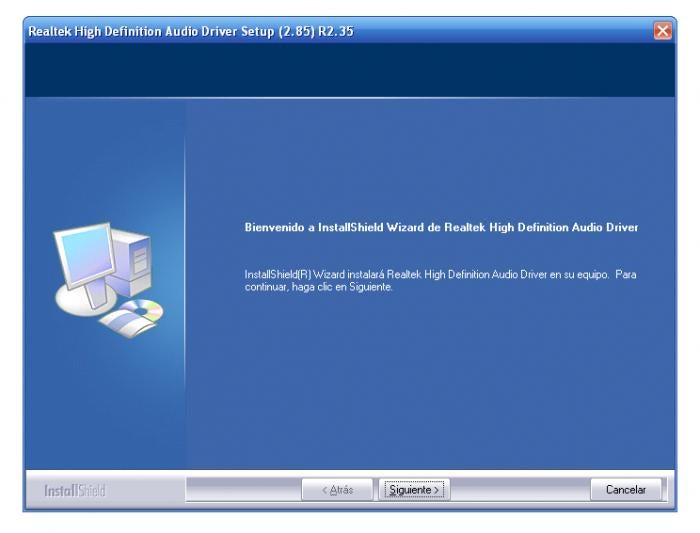Realtek Headset Driver
Posted : admin On 18.12.2020
Most of the time, Realtek HD Audio Manager is missing because the audio driver is not properly installed on your PC. So to install the dedicated Realtek driver for your sound card, follow these steps. Right-click on the Windows Start button and open “Device Manager”. Here, double click on “Audio inputs and outputs” to expand it. Bmw diagnose software download.
Realtek HD Audio Drivers is a software package for Realtek High Definition audio codec. This will enable your computer to communicate with audio devices such as speakers and sound cards. It is important to have a 64-bit version of a Windows operating system installed in your computer before downloading Realtek HD Audio Drivers x64. Common Stock Quote. Shareholder's meeting. Dividend and Capital Information. Contact for stock transfer and register. News about Realtek( Company code:2379). Realtek HD Audio Driver 2.68 for Windows 2000/2003 2012-04-01 Realtek HD Audio Driver 2.67 for 2000/2003 2011-12-16 Realtek HD Audio Driver 2.66 for 2000/XP/Server 2003 2011-10-22. Drivers Library To find the latest driver for your computer we recommend running our Free Driver Scan. Speakers / Headphones (Realtek Audio) - Driver Download. Headset Driver Realtek, free headset driver realtek software downloads, Page 3. The Realtek HD Audio Manager is one of the most commonly used audio driver software available for Windows 10. It provides various useful features and options to the users including multiple sound effects. Not only that but you also get a highly accurate equalizer for tweaking the sounds of your computer according to your needs.
Realtek Headphones Driver
The quality of recent Realtek sound controller and audio drivers has taken a nosedive in recent years, and the automatically installed drivers on Windows 10 have introduced a significant delay in the time it takes for sound to come out of the speakers after it is initiated by the PC. This lag, once noticed, becomes incredibly annoying and can be a constant source of stress and irritation. This problem has been especially noticeable by users of Deal XPS 13 and 15 models as well as users of the Dell Precision 5520 and Dell Precision 3520 models, which are especially susceptible to this problem. The problem is especially noticeable when the sound card hasn’t been “warmed up” and a sound (such as that triggered by an alert) is played after some silence, in which case it can take almost a full second for the sound to be played.
Fortunately there is good news: Microsoft has “generic” audio drivers for all high-definition audio devices – including Realtek’s – that work significantly better. There’s no downside to this, except that you will have to manually install them now and after any Windows update that reinstalls the default Realtek audio drivers. The instructions below will walk you through the process.
Realtek Headset Driver
Installing the Microsoft High-Definition Audio Device Drivers
Realtek Bluetooth Headset Driver
- Launch the device manager by searching for “Device Manager” in the start menu
- Expand the “Sound, video, and game controllers” node to locate the “Realtek Audio” device, then right-click it and choose “Properties”
- In the resulting dialog, switch to the “Driver” tab then select “Update Driver”
- Choose the “Browse my computer for driver software” option
- Choose “Let me pick from a list of available drivers on my computer”
- Uncheck the “Show compatible hardware” option to force the display to include drivers not written by Realtek (all versions of which are affected by this problem)
- Select “Microsoft” in the first listbox on the left (the list of manufacturers) then select “High-definition audio device” from the resulting list in the listbox on the left (the devices), then click “Next”
- A warning dialog will appear, attempting to dissuade you from selecting a driver not written by Realtek and expressly intended for the sound card in your PC. That is OK, we are using Microsoft’s own drivers and they’re guaranteed to work, so press “Yes” to continue
- Windows will begin updating the driver and installing the one you selected. Depending on the speed of your PC, this may take a minute or two, but it should complete on its own without any intervention, and then you’ll see an “Audio Drivers Installed” dialog confirming the update has completed
- At this point, close the driver dialog and the device manager, and then restart your PC to complete the process
- Restart your PC to complete the process. You may or may not see a prompt asking you to do so, but you should restart in all cases